
Apple's iconic line of laptops is instantly recognisable, but where did this brand of portable computer come from, and how did we get to this point? There have in fact been dozens of different MacBook models released over the last 10 years, and if you're scratching your head trying to remember them all, we're here to set the record straight.
MacBook predecessors (1991-2006)
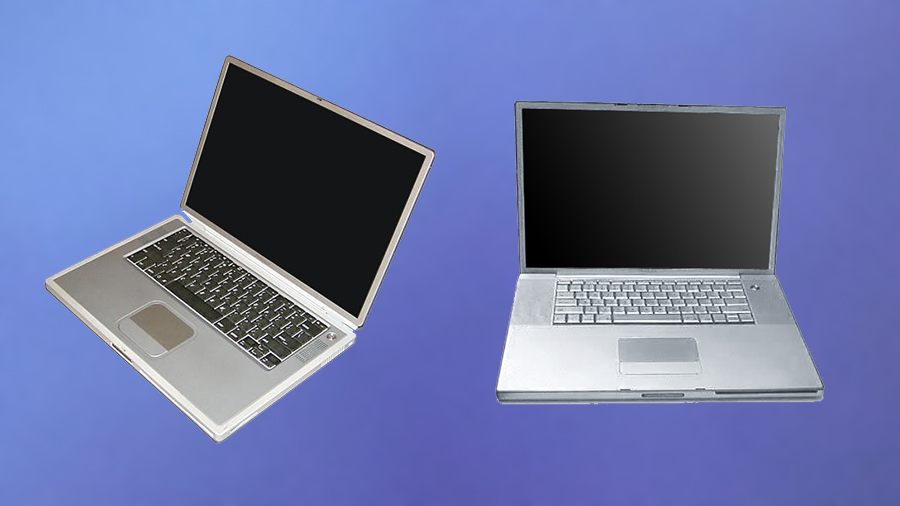
The name Apple previously used for its laptop computers - all the way back to 1991 - was PowerBook. A lot can happen in the space of 25 years or so, and the very first PowerBook doesn't share much in common with today's MacBook, except for it being made by Apple: it looks old-fashioned today, but it was actually much smaller, lighter and cheaper than the Apple laptops that came before it (despite still costing $2,500 brand new).
PowerBooks went on to become hugely successful for Apple, and many different versions and designs were released during the 15 years that the brand name was used. The final one (and the MacBook's immediate predecessor) was the PowerBook G4 - first released in 2001, it looks very much like a MacBook forerunner, and introduced the svelte, compact style associated with today's Apple laptops. Titanium eventually gave way to aluminium as the primary material used.
PowerBook images licensed under CC BY-SA 3.0 via Commons - [1] [2]
The original MacBooks (2006-2011)
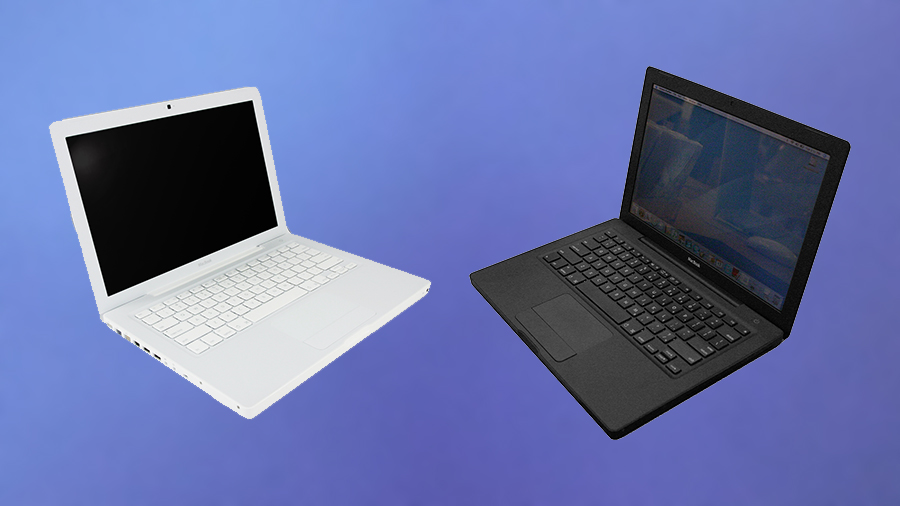
The MacBook arrived into the world on 16 May, 2006 and could be picked up in both black or white. In a dramatic move - for those who get excited about CPUs anyway - Apple switched to Intel processors to improve performance and reduce heat, and that gave the company the freedom to produce a design significantly more modern-looking than anything which had gone before it. This first MacBook laid the foundations for the laptop business that Apple has today.
For a brief period in 2008, the MacBook was the best-selling laptop of any brand in the United States, which shows what a success it's been - particularly in the consumer and education markets. Down the years there have been three main design iterations: a polycarbonate and fibreglass combination, an aluminium unibody (aping the MacBook Pro) and a polycarbonate unibody. The original MacBook was discontinued in July 2011 as the MacBook Air had effectively replaced it, but it would return in style.
MacBook images licensed under CC BY-SA 2.0 via Commons - [1 Jared C Benedict] [2 Flickr/Redjar]
Sign up to the T3 newsletter for smarter living straight to your inbox
Get all the latest news, reviews, deals and buying guides on gorgeous tech, home and active products from the T3 experts
The MacBook Pro (2006-today)
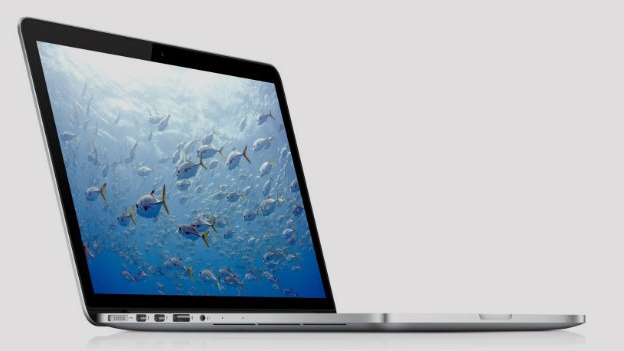
The Pro version of the MacBook actually got out of the gates earlier in 2006, in January. The second Apple machine to 'go Intel' after the iMac, the original MacBook Pro gave users a choice of a 1.83GHz or 2.0GHz CPU, bleeding edge specifications for the time - a 15-inch model appeared first, followed by a 17-inch version, and both editions of the MacBook Pro were updated later in the same year.
Since 2006 the MacBook Pro has gone from strength to strength (just head into any coffee shop or startup company office for evidence). Along the way, the stylish aluminium unibody design has been introduced, the 17-inch model has been swapped for a 13-inch one, the Retina display has arrived on the scene, and optical drives have gone the way of floppy disks and CRT monitors.
The MacBook Air (2008-today)
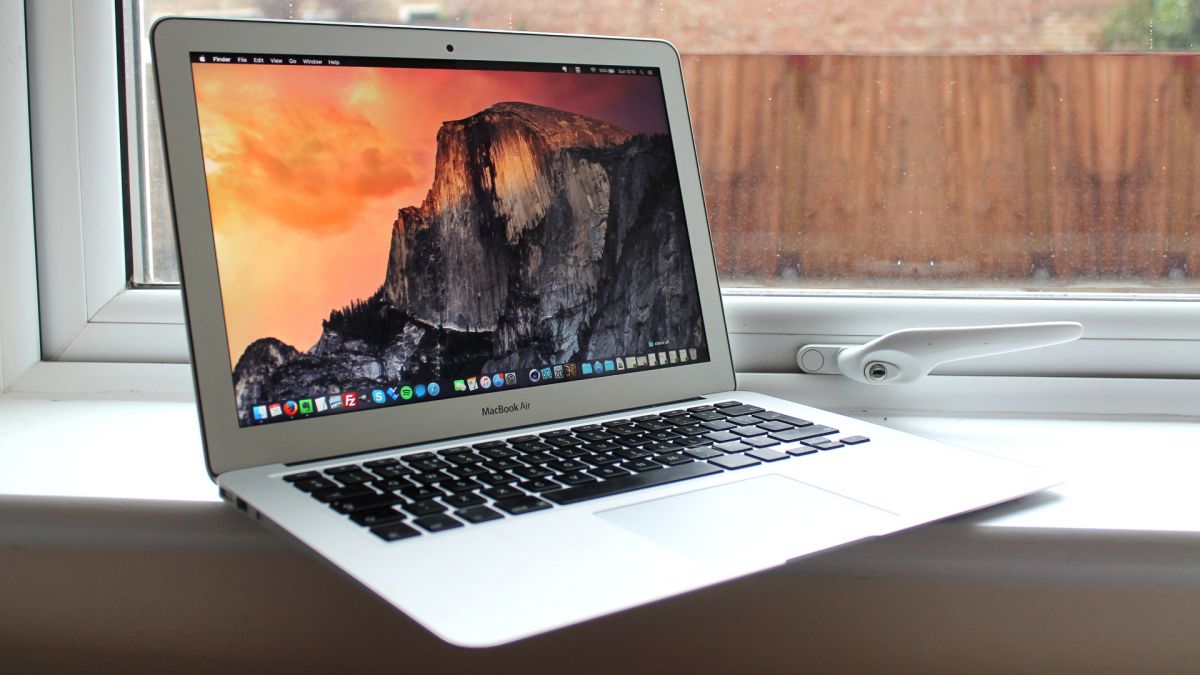
The MacBook Air was something of a sensation when Steve Jobs introduced it and slid it into an envelope on stage in 2008 (yes, it really is that old). Originally a premium option in Apple's range, as prices dropped it came to replace the MacBook as a cheaper alternative to the MacBook Pro. In recent years it's become Apple's best-selling computer, offering a winning combination of portability, power and price that helped kick off the ultrabook trend in Windows laptops too.
The original 13.3-inch model was later joined by an 11.6-inch one and down the years the MacBook Air has become even thinner and even more powerful - though it remains Apple's entry-level laptop price-wise. The early 2015 editions upped the specs of the MacBook Air again, though the screen display resolution and size hasn't changed since late in 2010 - the Air is badly in need of a Retina upgrade, which could be on the cards soon.
The new MacBook (2015-today)
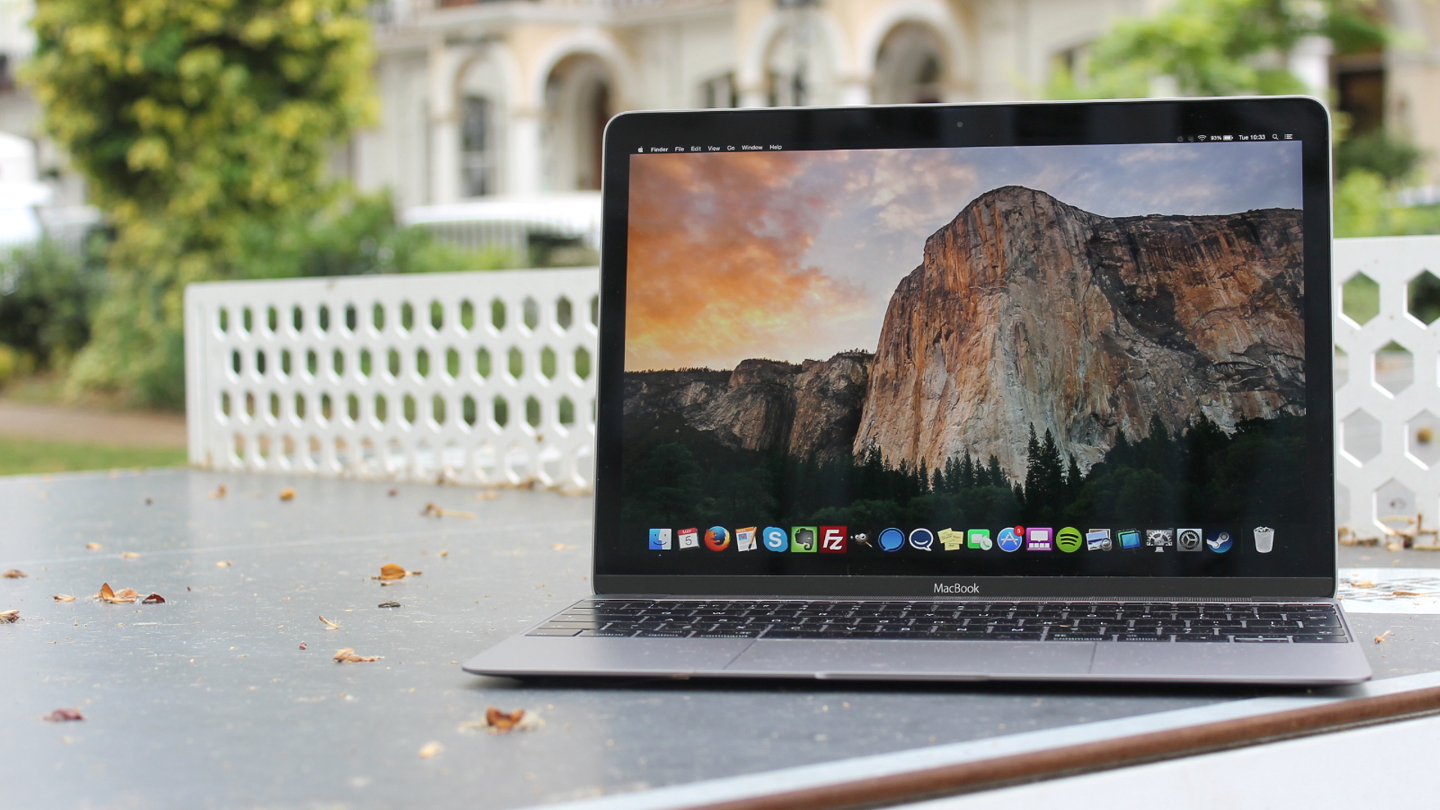
And we come back full circle to Apple's new MacBook - the return of the MacBook - which was introduced in March 2015. It's thinner, more expensive and a touch less powerful in terms of raw specifications than the MacBook Air, which gives potential buyers a lot of factors to weigh up. Most reviews of the new laptop have praised its design and feel while lamenting the performance of the low-powered components inside (components necessary to get a laptop this thin and light of course).
In years to come the brand new MacBook will be seen as a trend-setter, but right now it's a bit of an awkward compromise between portability and performance. That said, it does continue the MacBook tradition stretching back to 2006, and could form the basis of another ten years of MacBook dominance on the laptop scene. Exactly what Apple will do with the Air and Pro remains to be seen.
Dave has over 20 years' experience in the tech journalism industry, covering hardware and software across mobile, computing, smart home, home entertainment, wearables, gaming and the web – you can find his writing online, in print, and even in the occasional scientific paper, across major tech titles like T3, TechRadar, Gizmodo and Wired. Outside of work, he enjoys long walks in the countryside, skiing down mountains, watching football matches (as long as his team is winning) and keeping up with the latest movies.
-
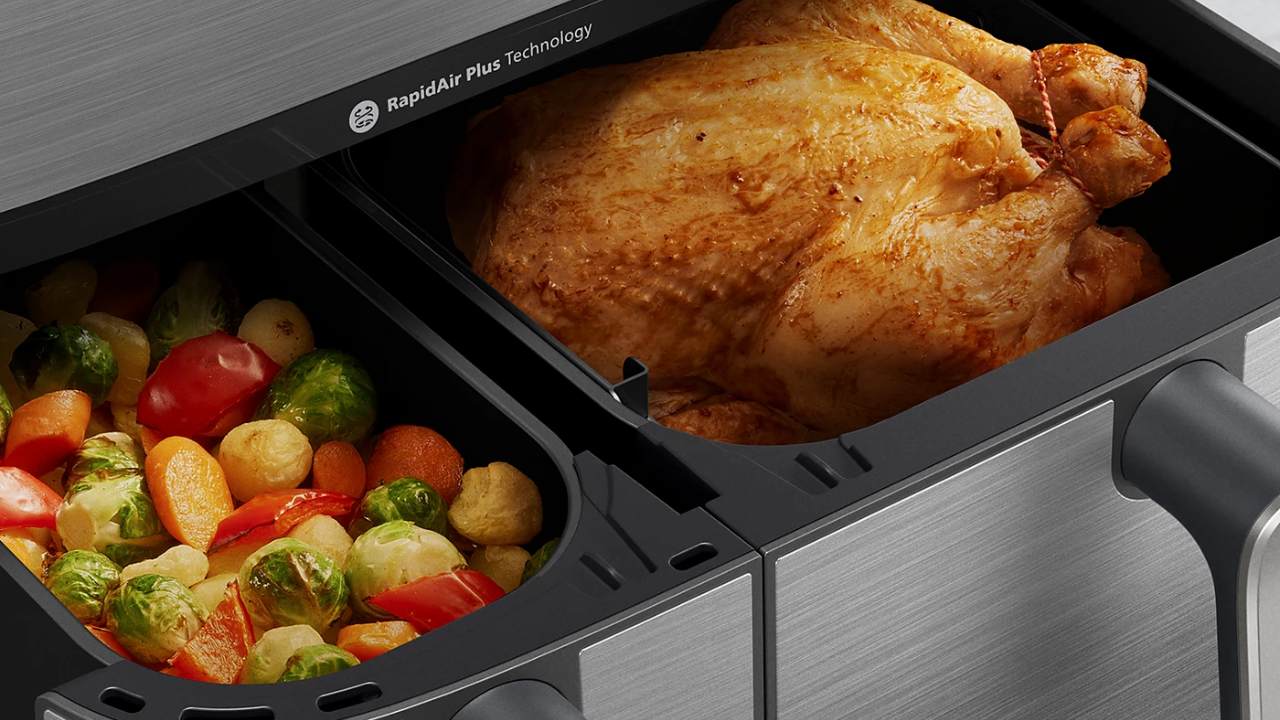 The biggest mistake you’re making when cooking Easter lamb in an air fryer
The biggest mistake you’re making when cooking Easter lamb in an air fryerCooking Easter lunch in your air fryer? Don’t make this mistake…
By Bethan Girdler-Maslen
-
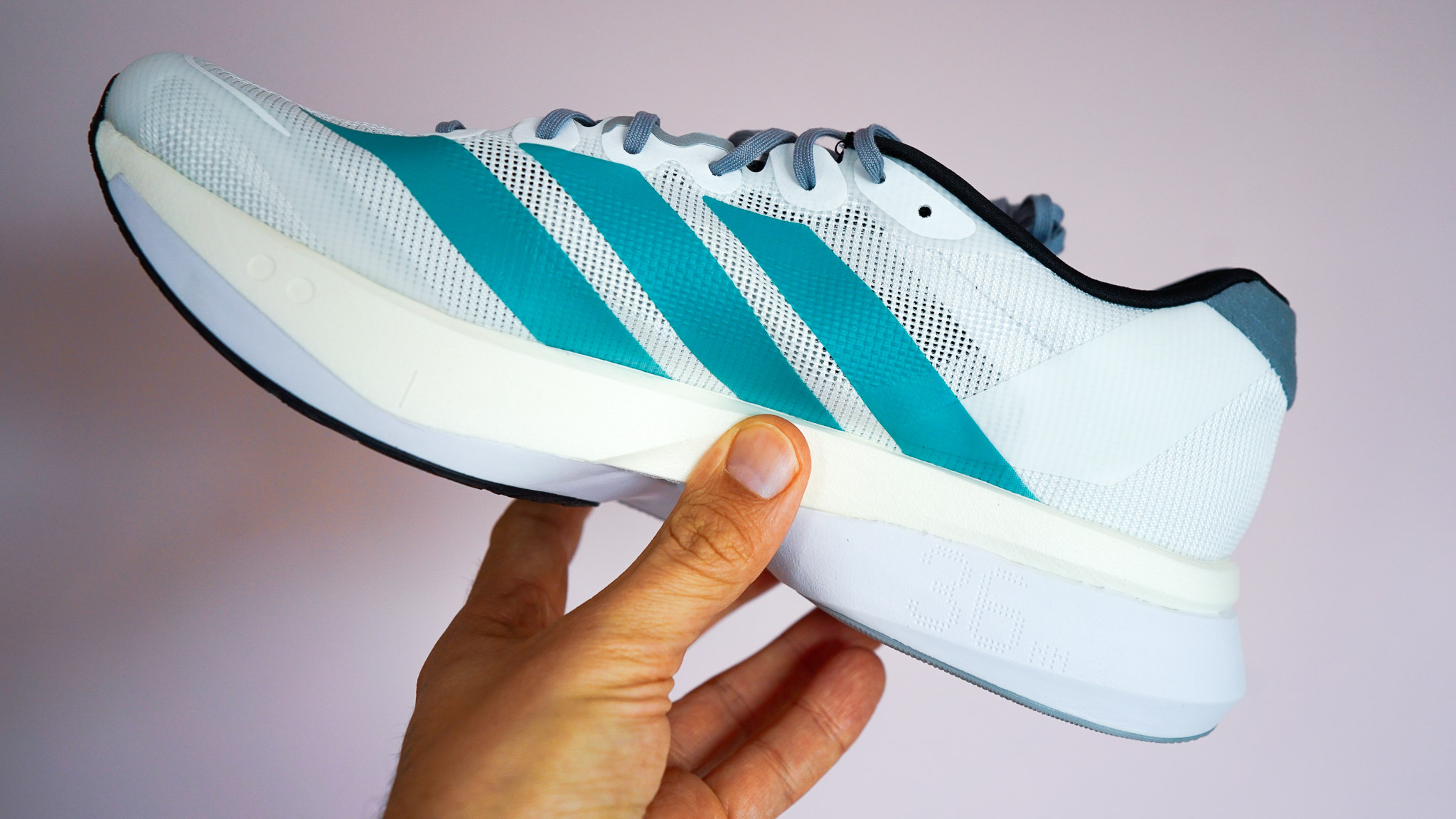 Adidas Adizero Boston 13 is softer, faster, and finally feels like a proper trainer
Adidas Adizero Boston 13 is softer, faster, and finally feels like a proper trainerThe brand quietly fixed everything runners didn’t love about the Boston 12
By Matt Kollat